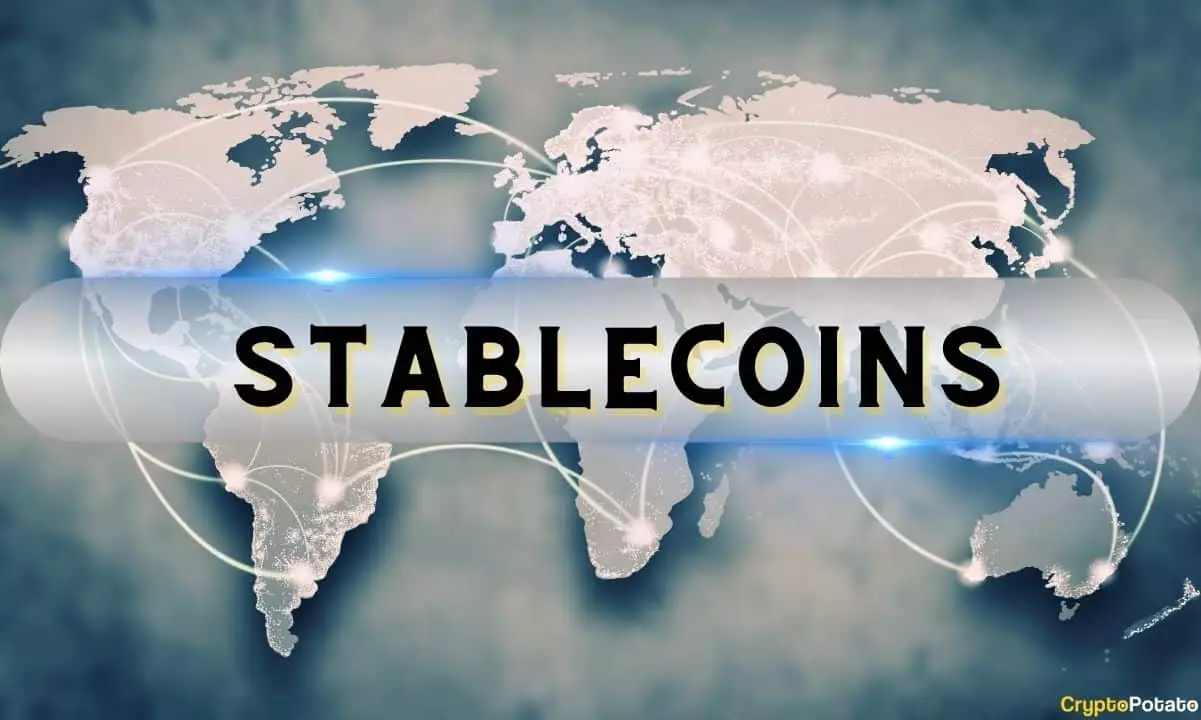Recent trends in the stablecoin sector are shedding new light on the crypto financial landscape, indicating a bullish momentum that could influence the broader market. As of September 2023, the total market capitalization of USD-pegged stablecoins has surged to approximately $169 billion, marking a striking increase of 31% or $40 billion since the beginning of the year. This substantial uptick is not merely a statistic; it embodies a larger narrative of rising liquidity in the crypto ecosystem, often seen as a precursor to price appreciation for cryptocurrencies, particularly Bitcoin (BTC).
The role of stablecoins in enhancing liquidity can hardly be overstated. According to a recent report by CryptoQuant, liquidity, measured by stablecoin assets on centralized exchanges, reached unprecedented levels at the end of September. This influx of liquidity bodes well for entire cryptocurrency market valuations, as heightened stablecoin balances often correlate with price hikes in Bitcoin and other significant cryptocurrency assets. The dominance of Tether USD (USDT), which has effectively maintained its leadership in this niche, accounts for a major part of this growth.
The statistics are impressive: Tether’s ERC20 token balances on centralized exchanges peaked at an astounding $22.7 billion in September, indicating a year-to-date rise of 54% or approximately $8 billion. Furthermore, it has been reported that around $8.5 billion worth of USDT issued on the Tron network is also sitting on these exchanges, suggesting that investor confidence in Tether remains robust. CryptoQuant emphasizes that larger stablecoin balances on exchanges are closely linked to surges in cryptocurrency prices, showcasing the inherent relationship between stability and market volatility.
While Tether and USD Coin (USDC) have commanded significant shares of the market—71% and 21%, respectively—emerging competitors are beginning to carve out their niches. One notable newcomer is Ripple Labs, which recently unveiled its USD-backed stablecoin, RLUSD, which swiftly garnered attention with a market cap of $47 million shortly after its launch. This diversification in stablecoin offerings could indicate a shift in user preferences and the competitive landscape within the crypto sector, potentially fueling even greater overall market growth.
Moreover, the crypto market is experiencing shifting dynamics as new stablecoins seek to compete in this lucrative space. Historical trends indicate that the growth of established players and newcomers alike can stimulate market activity and elevate the prices of leading cryptocurrencies.
As the stablecoin ecosystem evolves, analysts remain cautiously optimistic about its implications for Bitcoin and the broader cryptocurrency market. The continued monthly growth in the market caps of USDT and USDC suggests a lingering bullish sentiment, hinting at the potential for renewed price rallies for BTC, particularly given the cryptocurrency’s recent stagnation.
The stability and increasing liquidity provided by stablecoins are pivotal to the hopes of many cryptocurrency investors and traders. The interplay between these assets and Bitcoin’s price trajectory will undoubtedly remain a focal point as we continue to navigate the complexities of the crypto landscape. The combination of an expanding stablecoin market, emerging competitors, and the historical patterns of market performance suggests that we may be on the verge of another significant shift in the cryptocurrency arena.

